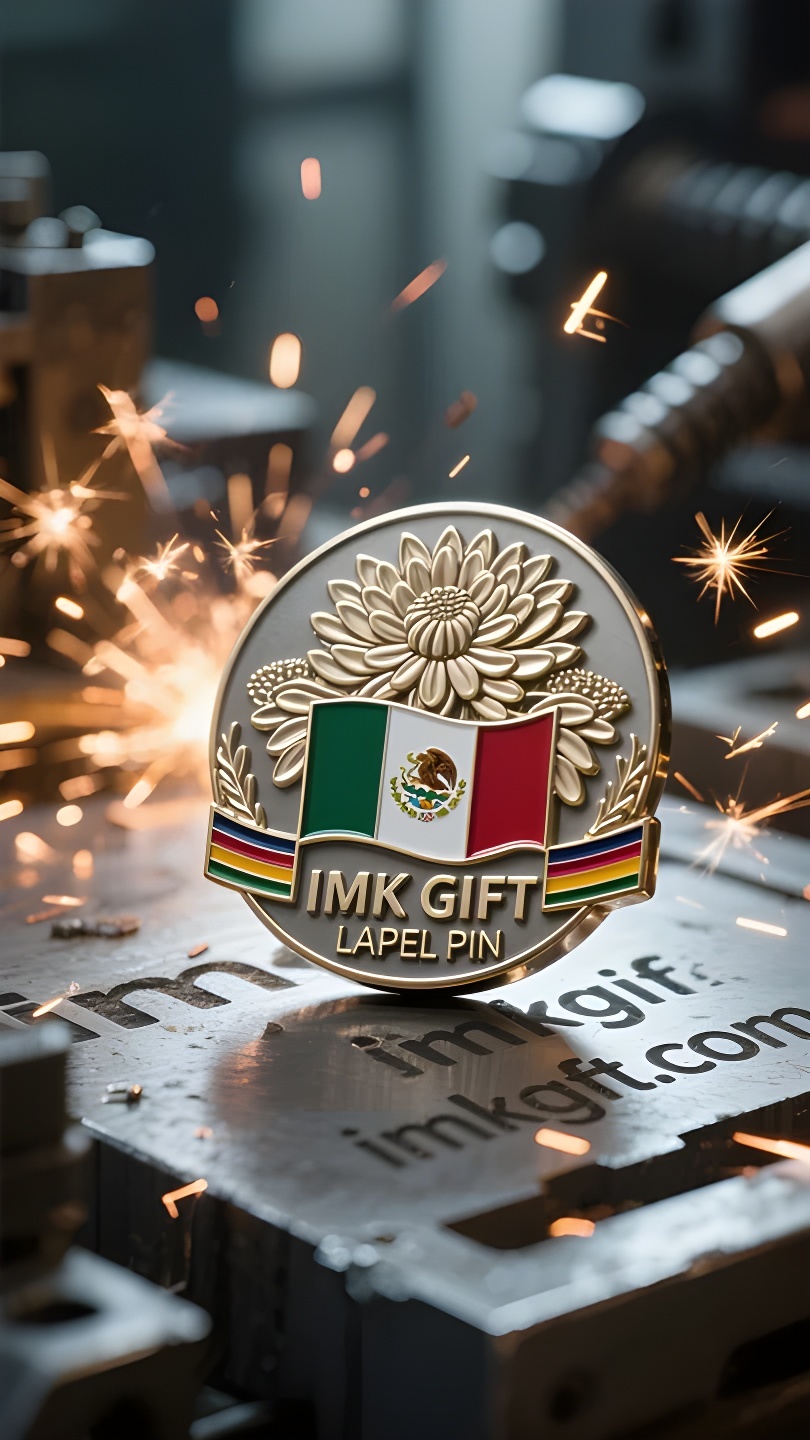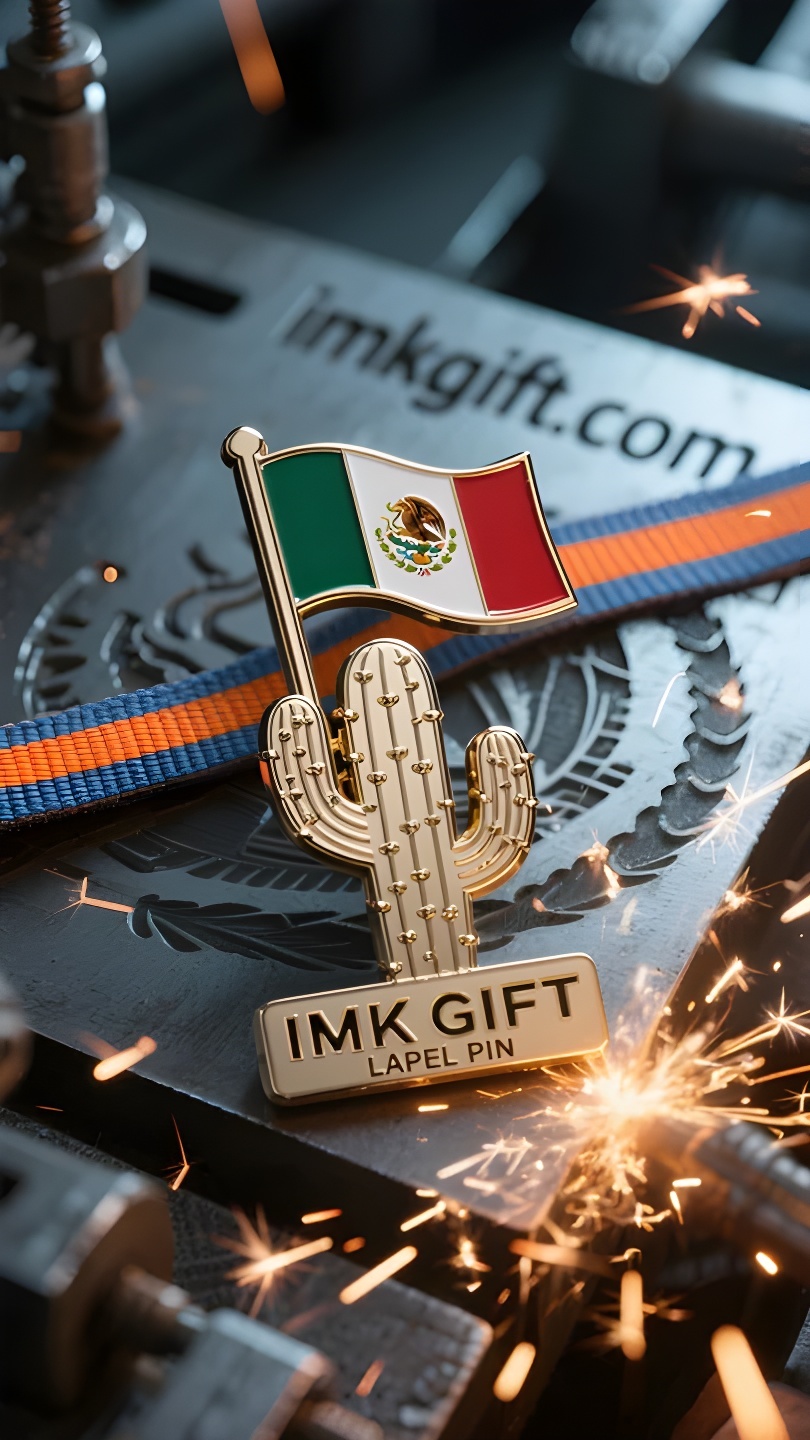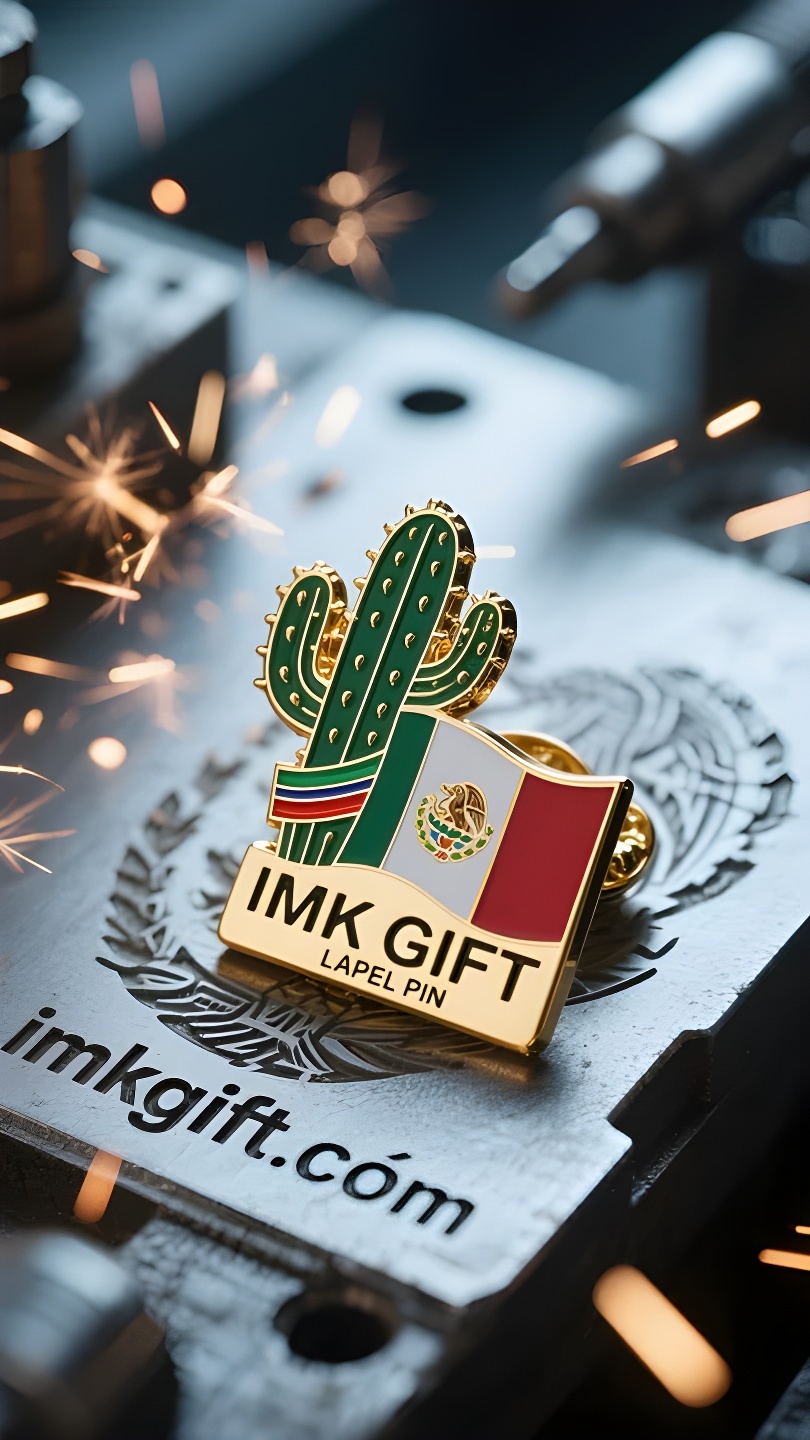in982-Águila-sobre-el-cactus-el-espíritu-mexicano-que-despierta-en-la-adversidad
▼
Cada septiembre, la Plaza de la Constitución de la Ciudad de México se cubre con banderas rojas, blancas y verdes para conmemorar los años de la guerra de la independencia. Y en el centro de cada bandera nacional ondeante, está grabado el código espiritual más profundo de esta nación: un águila parada orgullosamente sobre un cactus, mientras su pico afilado muerde con fuerza una serpiente venenosa que se retuerce. Este emblema, que tiene su origen en la leyenda azteca, cuenta la historia épica de doscientos años de migración de los antepasados. En el momento en que vieron al cóndor aterrizar en la isla desierta en medio del lago, las raíces del cactus ya habían penetrado en las grietas del destino. El cactus espinoso simboliza la sabiduría de supervivencia que está grabada en los huesos y la sangre de los mexicanos: encontrar vitalidad en la esterilidad y combatir la desolación con tenacidad. Así como la Ciudad de México moderna construyó una ciudad de clase mundial sobre un pantano, utiliza raíces de concreto para estabilizar la civilización en una zona sísmica. El águila con las alas abiertas está llena del poder del despertar. Según la leyenda, la serpiente venenosa representa la sombra opresiva de la era colonial, mientras que las garras del águila representan la determinación de liberarse de los grilletes. Cuando el Padre Hidalgo tocó la campana de la independencia en septiembre de 1810, se despertó nuevamente el gen de resistencia grabado en el escudo nacional. Hoy en día, los mexicanos aún heredan ese espíritu: las grúas en las obras de construcción son como águilas que extienden sus alas y los artistas callejeros pintan esperanza en murales de cactus. Aunque la sombra de la pandemia de COVID-19 aún no se ha disipado, los cactus aún se mantienen erguidos en el desierto y las águilas mantienen siempre una postura de buceo. Esta insignia recuerda a cada mexicano que la verdadera libertad está en enraizarse en la realidad con tenacidad espinosa y abrirse paso entre las nubes con un aleteo incesante. Como dice el himno nacional: “Mexicanos, cuando suene el grito de guerra, agarrad fuerte vuestra espada y vuestras riendas”.
Every September, the Plaza de la Constitución in Mexico City is covered with red, white and green flags to commemorate the years of the War of Independence. In the center of each fluttering national flag, the deepest spiritual code of this nation is engraved – an eagle proudly stands on a cactus, its sharp beak tightly biting a twisting venomous snake. This emblem, which originated from the Aztec legend, tells the epic migration of the ancestors for two hundred years. When they saw the condor landing on the deserted island in the middle of the lake, the roots of the cactus had already penetrated into the cracks of fate. The thorny cactus symbolizes the survival wisdom engraved in the bones and blood of the Mexicans: finding vitality in barrenness and using tenacity to fight against barrenness. Just as modern Mexico City has built a world-class city on the swamp, using concrete roots to stabilize the civilization in the earthquake zone. The eagle with its wings spread is full of the power of awakening. According to legend, the venomous snake represents the oppressive shadow of the colonial era, and the eagle’s claws show the determination to break free from the shackles. When Father Hidalgo rang the bell of independence in September 1810, the resistance gene engraved in the national emblem was awakened again. Today, Mexicans still inherit this spirit – the cranes on construction sites are like eagles spreading their wings, and street artists paint hope in cactus murals. When the haze of the new crown epidemic has not yet dissipated, the cactus is still standing in the desert, and the eagle always maintains a diving posture. This emblem reminds every Mexican: true freedom is to take root in reality with thorny tenacity and break through the clouds with unremitting wings. As the national anthem sings: “Mexicans, when the battle cry sounds, please hold your sword and reins tightly.”
每年9月,墨西哥城宪法广场都会铺满红白绿三色旗帜,纪念独立战争的烽火岁月。而每一面飘扬的国旗中央,都镌刻着这个民族最深沉的精神密码——雄鹰傲立于仙人掌之上,尖喙紧咬扭动的毒蛇。
这个源自阿兹特克传说的徽章,讲述着先民们跋涉两百年的迁徙史诗。当他们在荒芜的湖心岛看到神鹰降落的瞬间,仙人掌的根系已扎进命运的裂缝。多刺的仙人掌象征着墨西哥人刻进骨血的生存智慧:在贫瘠中寻找生机,用坚韧对抗荒芜。正如现代墨西哥城在沼泽上建起世界级都市,用混凝土根系稳固地震带上的文明。
而展翅的雄鹰更饱含觉醒的力量。传说中毒蛇代表殖民时代的压迫阴影,雄鹰的利爪则昭示着挣脱枷锁的决心。当伊达尔戈神父在1810年9月摇响独立钟声时,这份铭刻在国徽里的抗争基因再次觉醒。今天的墨西哥人依然传承着这种精神——建筑工地的吊塔如雄鹰展翼,街头艺术家在仙人掌壁画里绘制希望。
当新冠疫情的阴霾尚未散尽,仙人掌仍在沙漠中挺立,雄鹰始终保持着俯冲的姿态。这枚徽章提醒着每个墨西哥人:真正的自由,是用带刺的坚韧扎根现实,以永不停歇的振翅冲破云霄。正如国歌所唱:”墨西哥人,当战号响起,请紧握你的剑与缰绳。”
▼
Contact Us
📞 Tel: +0086-760-85286839
📧 Email: sales3@imkgift.com








